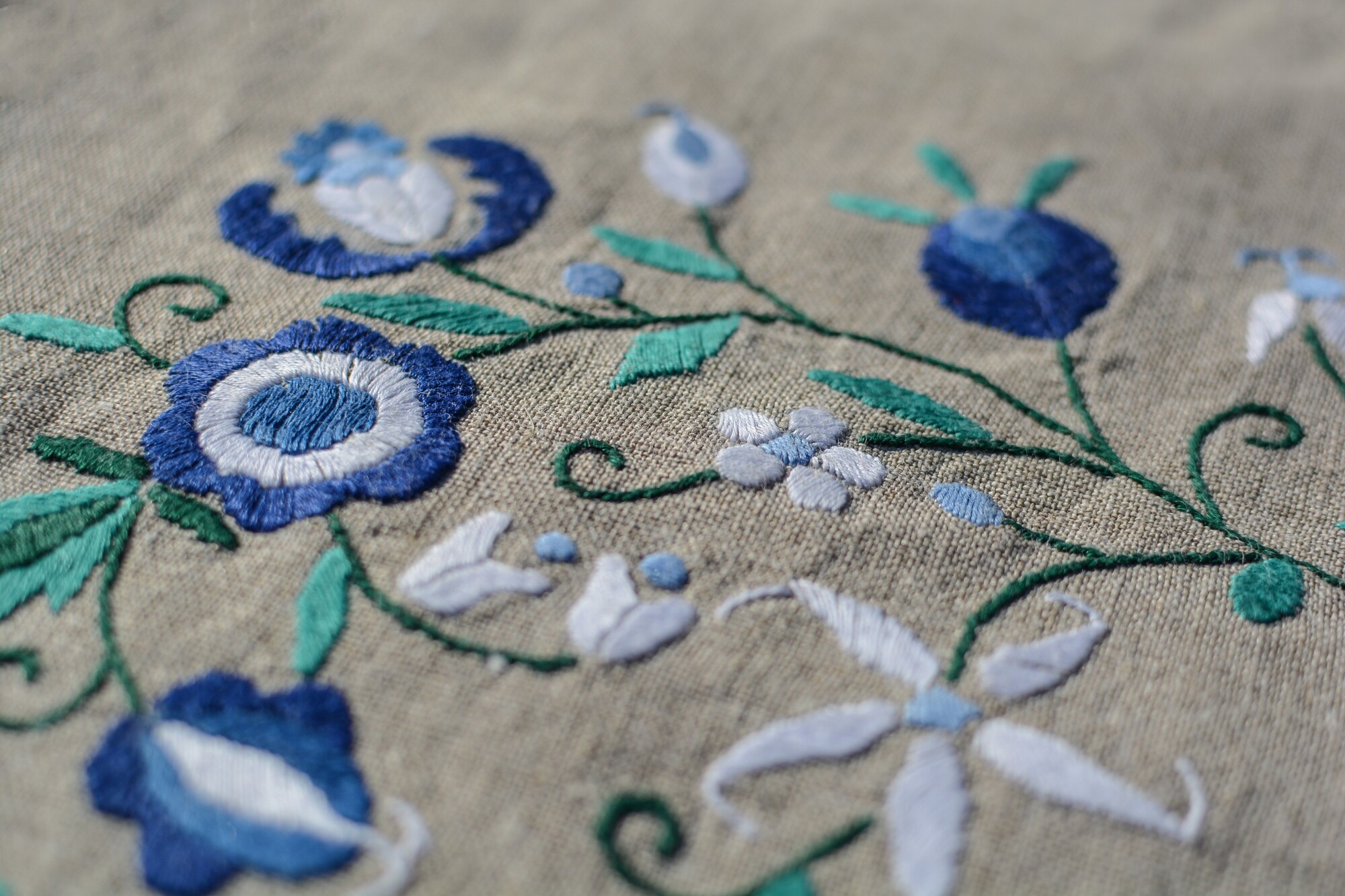
Embroidery is one of the most ancient human hobbies, with evidence reaching back over 30,000 years.
Millions of people enjoy embroidering, but how can you make your embroidery techniques stand out and be beautiful? Here are six techniques that will help you.
1. Counted Thread Technique
This is one of the basic embroidery techniques that generate symmetrical stitches. To do so, you have to count the threads in the fabric, and each stitch is in the exact right spot. Cross stitch is a popular version of counted thread embroidery, but it can be done combined with other techniques and materials too.
2. Candlewicking Technique
A form of classical embroidery, this technique involves using the ancient “colonial knot.” If you have all of your essential tools, learning this technique is not difficult. Unbleached heavy cotton is the preferred string for this method.
Unbleached muslin used as the backing is a traditional choice.
3. Patchwork Technique
This technique can be used with a machine or hand stitching. It involves putting together pieces and bits of other fabrics together while using another fabric as the base. This is a great way to put scraps together from other projects, creating something new with nothing more than what you have lying around.
This is also a great technique for practicing your sewing techniques.
4. Fish Scale Technique
Using items from nature can take your embroidery to the next level. In this technique, each scale gets prepared, with a small hole drilled at the base of the scale. Choose natural fish scales that look beautiful and appealing to you, and once they are placed on a heavy backing like velvet, they will draw every eye.
The scales of perch, carp, or goldfish are popular for their distinctive beauty and look.
5. Shadow Embroidery
If you’re working with translucent or almost translucent fabric, a beautiful technique is shadow embroidery. To employ this technique, you must be able to employ a herringbone stitch. Light, airy fabrics are great for shadow work like muslin or organza, you want to be able to see it.
This technique is often done in embroidery artwork.
6. French Knot
To make a french knot, you’ll need both hands, but it involves bringing the needle through the fabric and then wrapping the floss around it twice. Hold the floss tight, and bring the needle back through almost in the same place it came up. Experiment with this, and you can change the shape and size of the French knot to your liking.
Creating beautiful French knots will elevate even normal, simple embroidery patterns.
Embroidery Techniques and Art
As you might expect from something that has been around as long as humanity has, embroidery has a plethora of techniques that can be employed. Embroidery techniques vary from complex to basic, but like anything, practice is what makes the difference. You need the right supplies and equipment to take your work to the next level, so contact us, and we can get you what you need.






